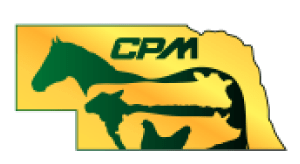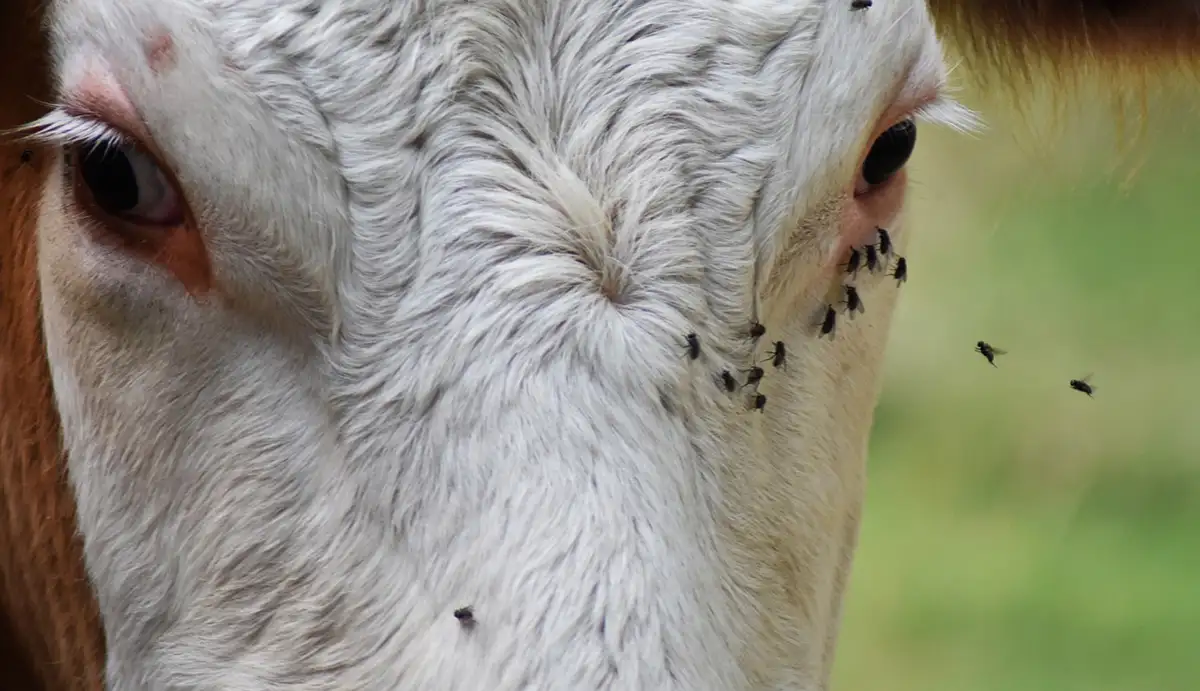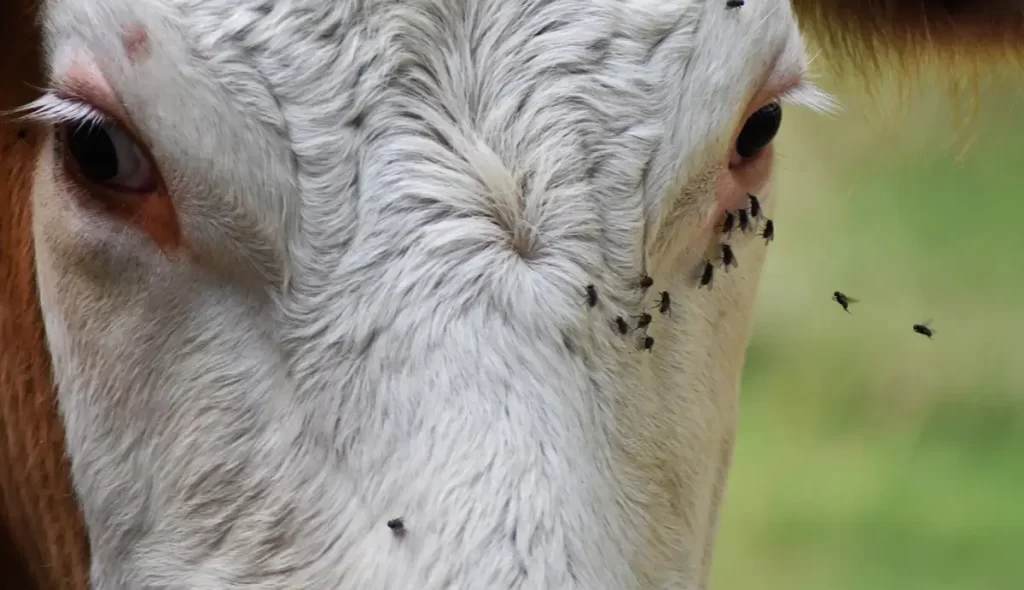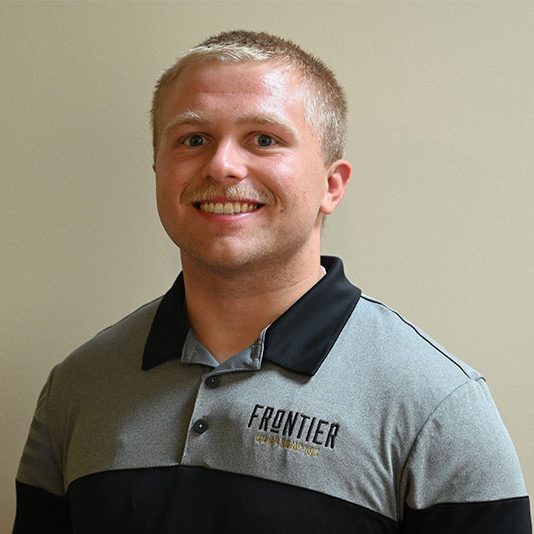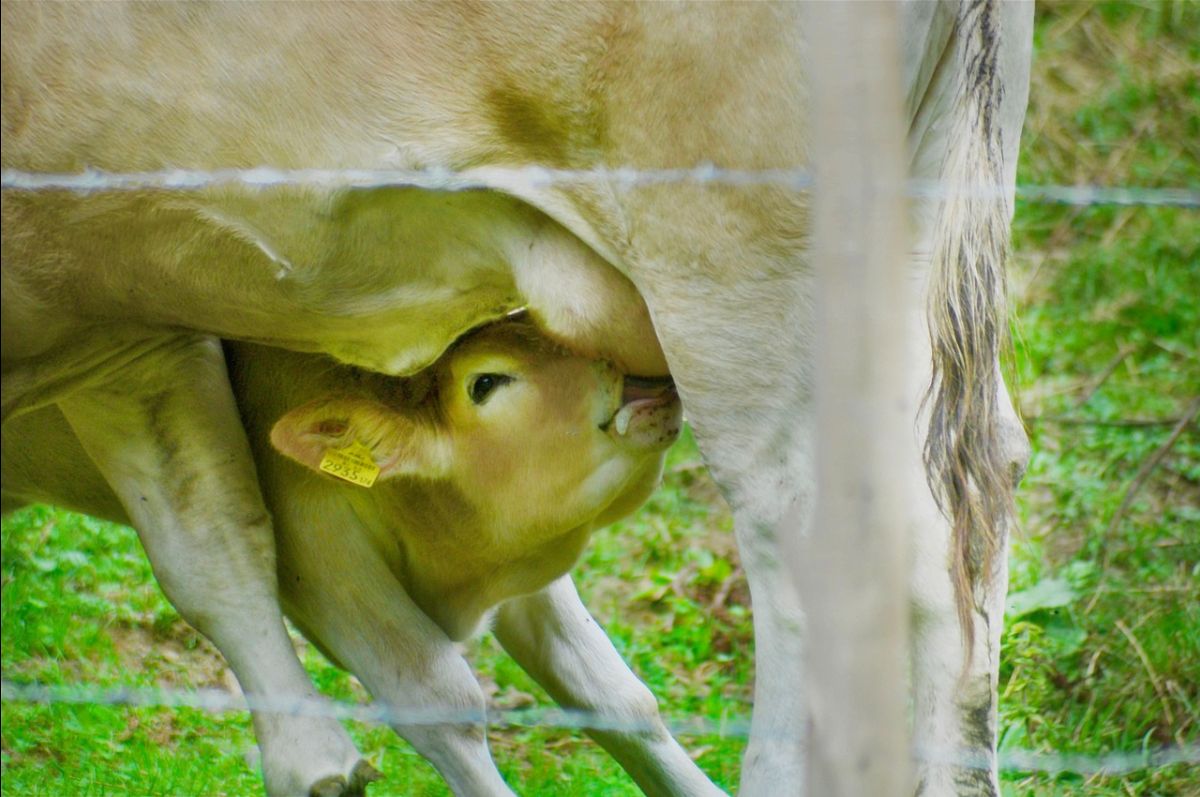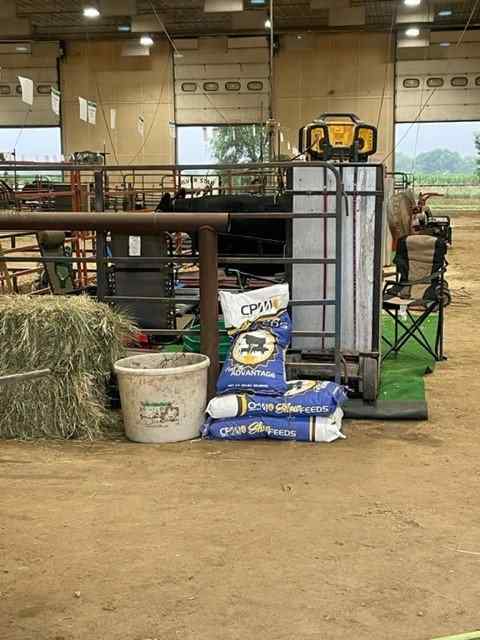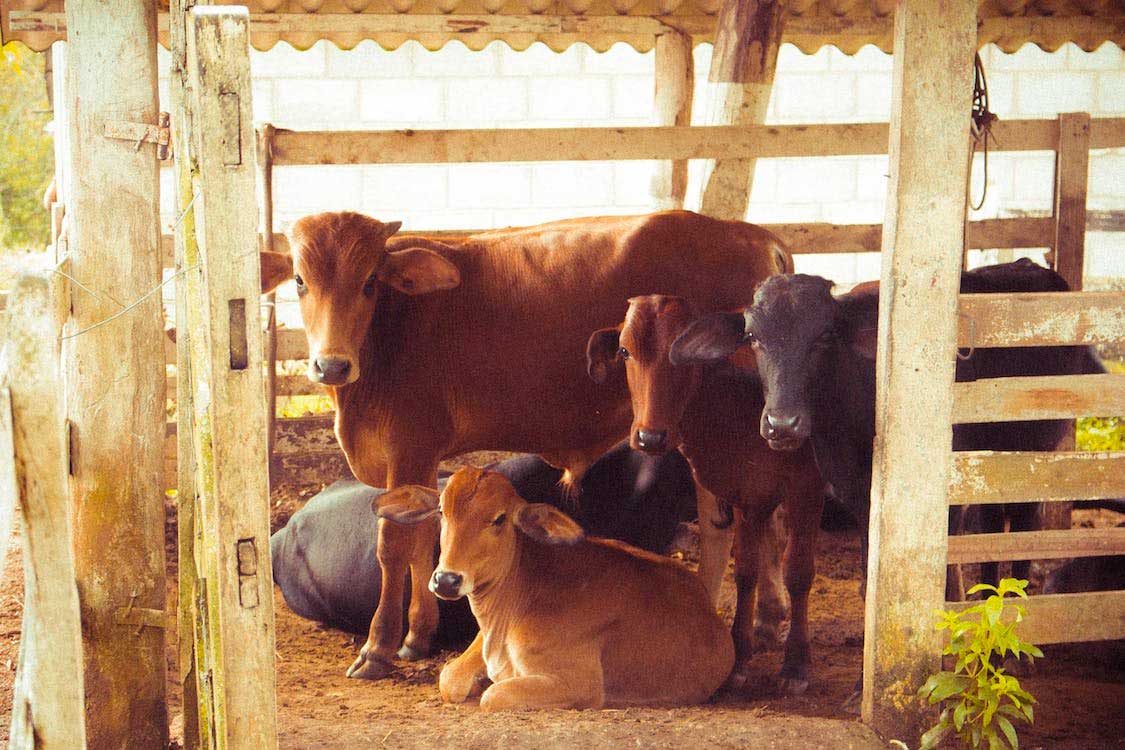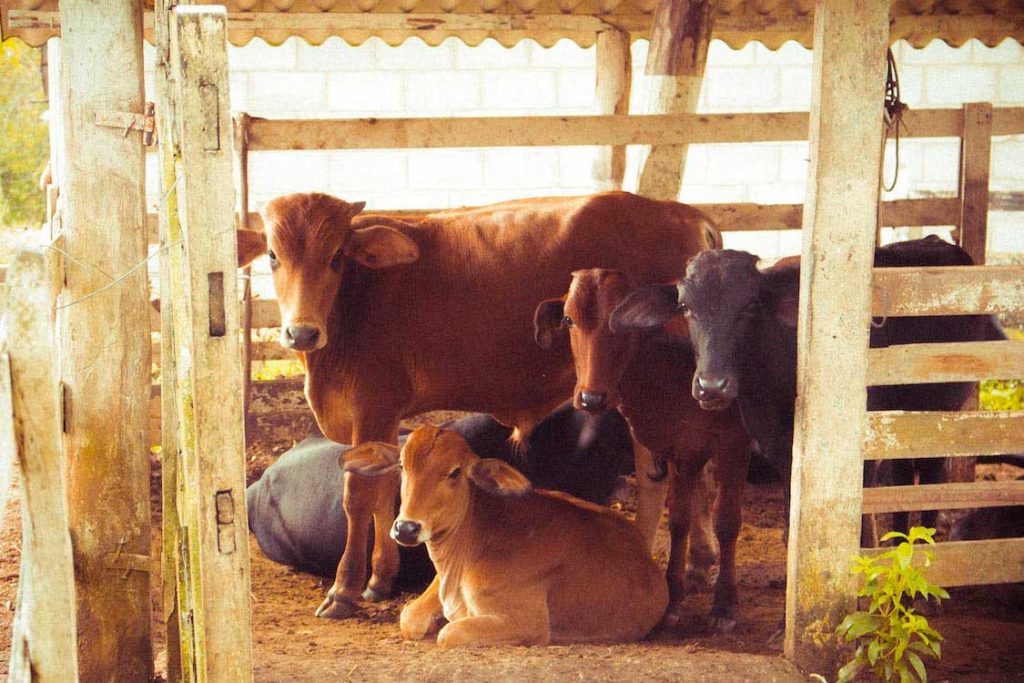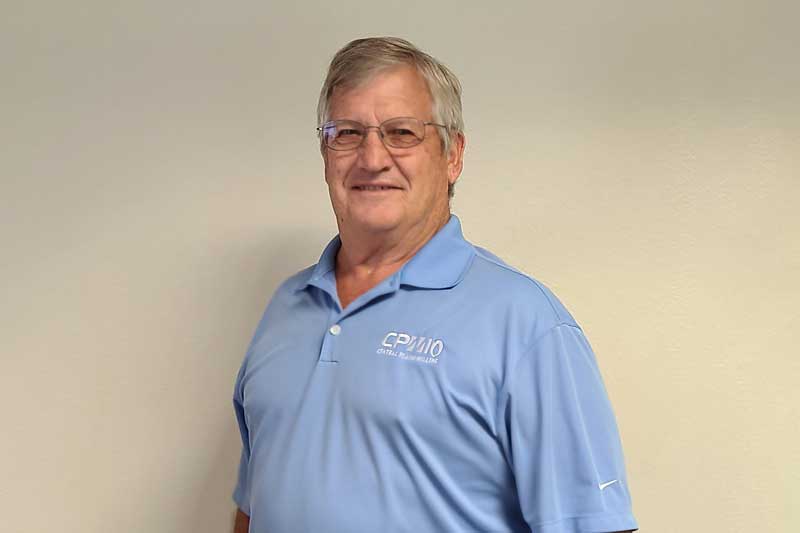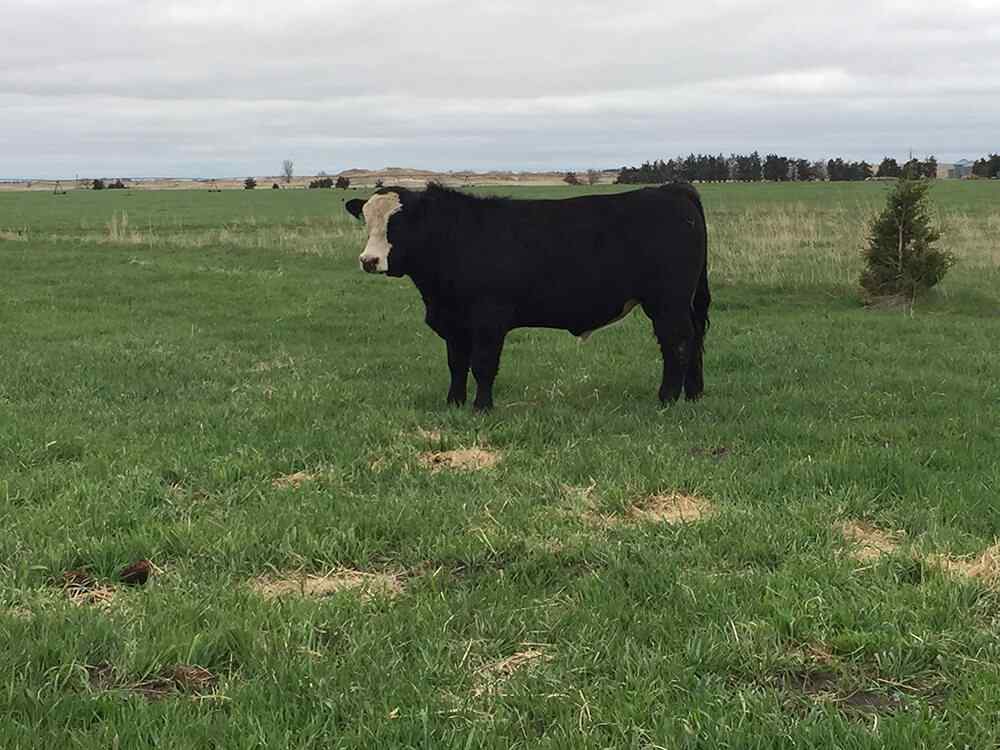CUTTING OUT STARTER DIETS
A common question our Nutrition Advisors are asked is what are the economic and physical costs of cutting out starter diets? A good rule of thumb is that 5 pounds of lost gain in the nursery phase of a pig’s life becomes 25 pounds of lost gain at the market. Pigs are much more efficient at building muscle early in the phases of their life. As pigs mature the conversion of actual lean and muscle is much less efficient.

WORLD PORK EXPO
Russ and Janessa attended the World Pork Expo in Des Moines, Iowa. They met with pork industry leaders and explored the technology available for pork producers. CPM takes these opportunities to broaden our knowledge of the swine industry to better serve our customers!

NEW PRODUCT ALERT
Purina has a NEW product and we are carrying it! Introducing Purina® Systemiq™ Probiotic Supplement. This revolutionary supplement contains a live and active probiotic that optimizes your horse’s microbiome daily, to support normal recovery after exercise and gastrointestinal distress. Questions? Contact Allison or your Livestock Nutrition Advisor!

HAPPY 4TH
It’s hard to believe, but the Fourth of July holiday is approaching! We want to wish everyone a fantastic celebration. Be safe out there and have fun!

FOLLOW US ON:
INSTAGRAM


We employ a diversified package of techniques to master the art of feed manufacturing from minerals to complete feeds. We provide an in-depth record system and feed sampling to back up our process and quality control points.
